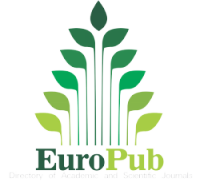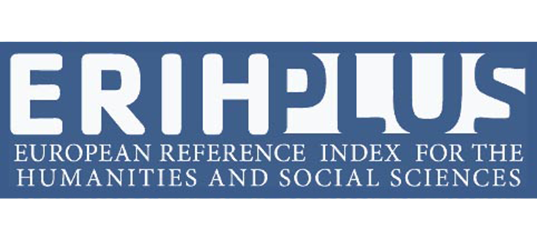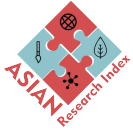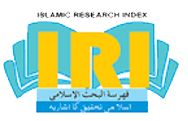Building Urban Resilience through Mystical Discourse in Social Media: A Thematic Review of Sufi-oriented Public Messages during the Covid 19 Pandemic in Indonesia
Keywords:
Sufistic literature, Cyber Sufism, Inner Resilience, Covid-19 Pandemic in IndonesiaAbstract
In the last two decades, various Sufi-oriented social media accounts have been successful in seizing the interest of cosmopolitan Muslims in Indonesia through the Sufi approach as it puts forward the aspect of inner consciousness (dhauq) in one's most intimate relationship with his creator. Hence the Sufi-inspired prayers, dhikr, and poetry on social media platforms are getting poular. Observing this phenomenon, this paper studies the dynamics of Sufi-oriented public messages in popular Islamic social media accounts i.e., @ngajitasawuf, @filsafatrindu, @irjanasrullah, @suluksalik, and @tasawufunderground during the first wave of Covid-19 pandemic in Indonesia. This study employs a descriptive-analytic method with content analysis of Sufi-oriented social media posts from March 2020 to March 2021 as its study object. This research suggests that public messages of certainty (yaqin) and hope (raja') have appeared quite strongly since the covid19 outbreak with 19% and 18.6% occurrence respectively. The message of fear (khouf) on the contrary, appears the least at 2.5%. The highlight of hope and certainty over fear in these social media posts, the writer contends, acts as a positive intervention in the face of negative emotions internalization the pandemic has brought.















